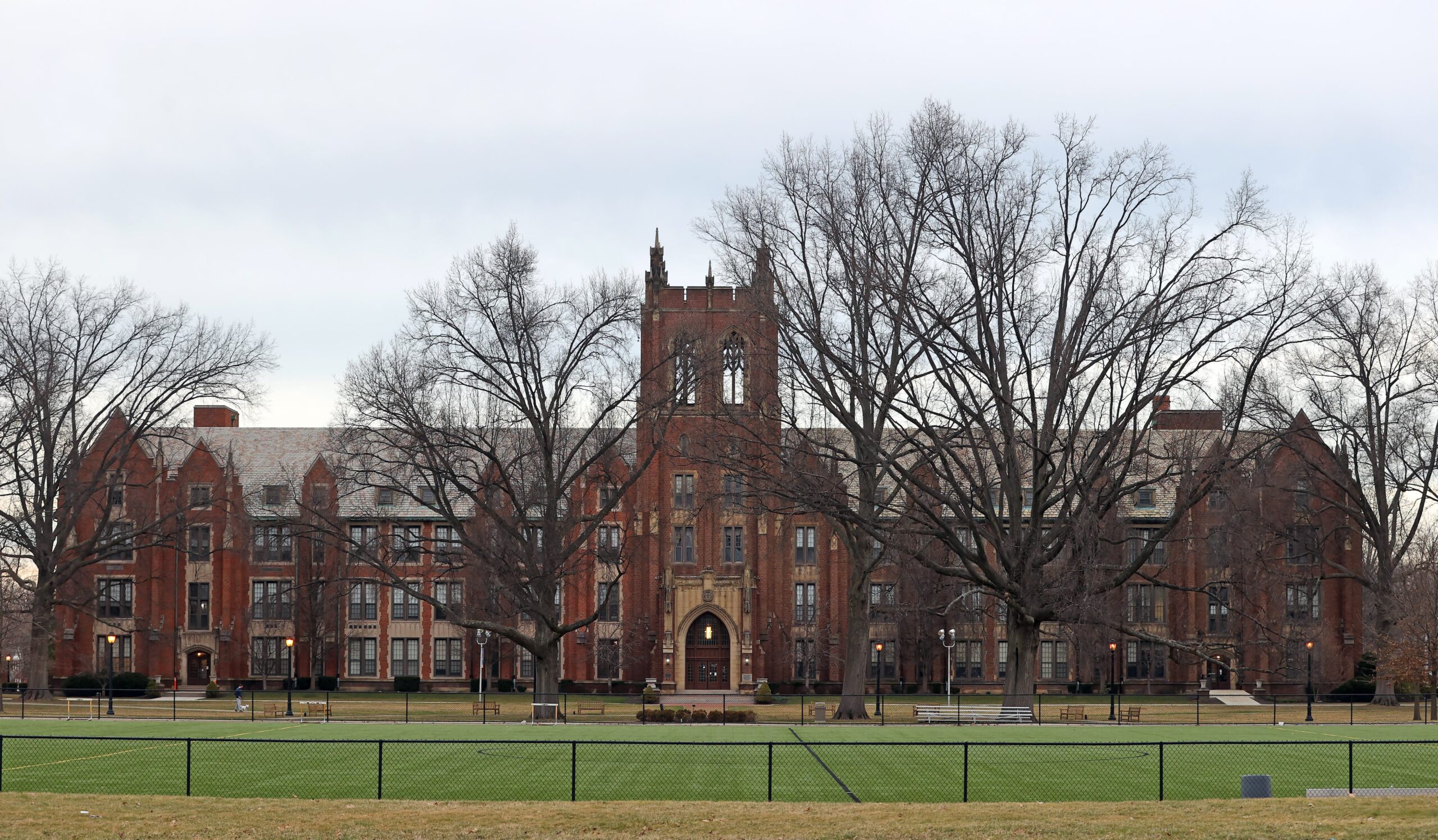Ohio’s higher education system is grappling with declining enrollment, high costs, and financial difficulties. State auditors have reported a decrease in enrollment at colleges and universities in Northeast Ohio, leading to job cuts and financial strain. Notre Dame College is among the institutions facing these challenges. The declining enrollment trend is not unique to Ohio but reflects national demographics, with fewer students opting to pursue higher education after high school.
In the early 1960s, Ohio’s higher education system experienced significant growth, with new schools opening and a vision of providing access to education within 30 miles of every Ohioan. However, the current reality is starkly different. Ohio now has 14 public universities, 23 community colleges, around 50 nonprofit private schools, and approximately 30 for-profit schools. Despite efforts to expand access, enrollment growth has slowed or contracted due to declining birth rates and fewer students choosing to attend college.
According to data from the Ohio Department of Higher Education, Ohio’s public universities saw a 12.2% decrease in enrollment from 2012 to 2022. In the fall of 2023, enrollment at public and private schools in Ohio dropped by 10.7% to 542,000 students. This decline is higher than the national average and is attributed to the state’s older population and smaller immigrant populations with higher birth rates.
While some Ohio schools, such as the University of Cincinnati, have experienced enrollment growth, the overall trend necessitates strategic planning and adaptation. Schools are urged to consider their physical footprint, especially in light of the rise of online learning. The state hopes to retain students by offering internships and job opportunities, as studies consistently show that college graduates earn higher wages and contribute more in taxes.
The Ohio higher education system operates under local control, resulting in some duplication of degrees and programs. Efforts are being made to encourage specialization and address student demand, particularly in online degrees and flexible learning options for nontraditional adult students. Consolidation of institutions may be considered in certain cases, but maintaining the diversity and autonomy of Ohio’s educational institutions is seen as crucial.
State support for higher education in Ohio lags behind the national average, with funding per student increasing by 27.3% since 1980, compared to a 43.7% increase nationally. The financial challenges faced by private colleges and universities are even more pronounced, as they receive less government support and often see reductions in endowments.
The future of Ohio’s higher education system relies on maintaining collective bargaining rights for faculty members and addressing mismanagement issues. Faculty input and expertise are essential for the success and effective governance of colleges and universities.
In conclusion, Ohio’s higher education system is confronting declining enrollment, financial difficulties, and the need for strategic adaptation. While some schools have experienced growth, the overall trend necessitates careful planning and consideration of student demand, online learning options, and potential consolidation. State support and faculty involvement are crucial for the system’s strength and success.












